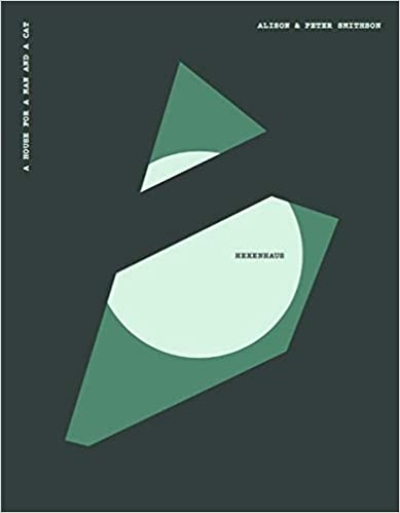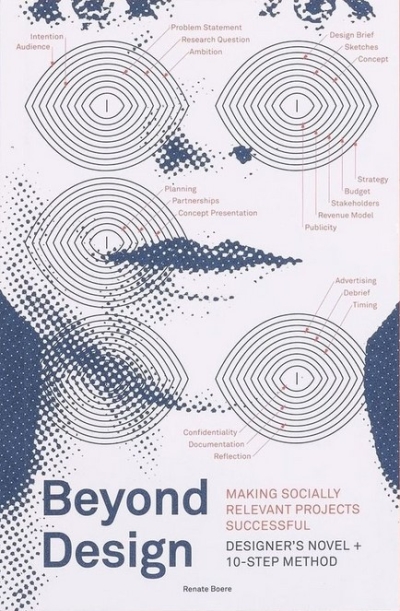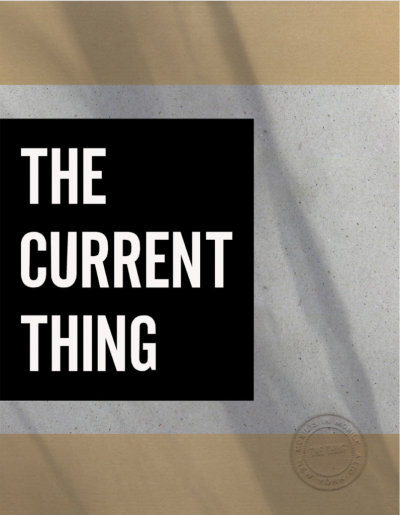
Designing Media
Mainstream media, often known simply as MSM, have not yet disappeared in a digital takeover of the media landscape. But the long-dominant MSM—television, radio, newspapers, magazines, and books—have had to respond to emergent digital media. Newspapers have interactive Web sites; television broadcasts over the Internet; books are published in both electronic and print editions. In Designing Media, design guru Bill Moggridge examines connections and conflicts between old and new media, describing how the MSM have changed and how new patterns of media consumption are emerging. The book features interviews with thirty-seven significant figures in both traditional and new forms of mass communication; interviewees range from the publisher of the New York Times to the founder of Twitter.
We learn about innovations in media that rely on contributions from a crowd (or a community), as told by Wikipedia’s Jimmy Wales and Craigslist’s Craig Newmark; how the band OK Go built a following using YouTube; how real-time connections between dispatchers and couriers inspired Twitter; how a BusinessWeek blog became a quarterly printed supplement to the magazine; and how e-readers have evolved from Rocket eBook to QUE. Ira Glass compares the intimacy of radio to that of the Internet; the producer of PBS’s Frontline supports the program’s investigative journalism by putting documentation of its findings online; and the developers of Google’s Trendalyzer software describe its beginnings as animations that accompanied lectures about social and economic development in rural Africa. At the end of each chapter, Moggridge comments on the implications for designing media. Designing Media is illustrated with hundreds of images, with color throughout. A DVD accompanying the book includes excerpts from all of the interviews, and the material can be browsed at www.designing-media.com.
Interviews with: Chris Anderson, Rich Archuleta, Blixa Bargeld, Colin Callender, Fred Deakin, Martin Eberhard, David Fanning, Jane Friedman, Mark Gerzon, Ira Glass, Nat Hunter, Chad Hurley, Joel Hyatt, Alex Juhasz, Jorge Just, Alex MacLean, Bob Mason, Roger McNamee, Jeremy Merle, Craig Newmark, Bruce Nussbaum, Alice Rawsthorn, Anna Rosling Rönnlund, Hans Rosling, Ola Rosling, Paul Saffo, Jesse Scanlon, DJ Spooky, Neil Stevenson, Arthur Sulzberger Jr., Shinichi Takemura, James Truman, Jimmy Wales, Tim Westergren, Ev Williams, Erin Zhu, Mark Zuckerberg
About the Author
Bill Moggridge, Director of the Cooper-Hewitt National Design Museum in New York City, is a founder of IDEO, the famous innovation and design firm. He has a global reputation as an award-winning designer, having pioneered interaction design and integrated human factors disciplines into design practice.
Endorsements
“We often hear that mainstream media like television and print are dead. Or perhaps undead—thoughtless, empty shells of human culture and creativity that will soon be vanquished by the heroism of digital technologies. But one need not look far to see that such claims are simply wrong. People still watch TV, go to bookstores, buy CDs, and so on. In Designing Media, Bill Moggridge and his interviewees show us that something more subtle is happening: pre- and post-digital media are combining in weird and complex ways—neither one winning or losing, but each changing the other. Like this book, the future of media is not a vanquishing of monsters but a series of conversations between forms.”
—Ian Bogost, Georgia Institute of Technology, coauthor of Newsgames: Journalism at Play
“The ways in which media are conceived, formed, and distributed have long undergone change, but now they are in full revolution. There is nobody better than Bill Moggridge to shed an illuminating beam upon the people behind these changes: not the technologists, but the writers, artists, musicians, editors, publishers, and dreamers who are changing our perceptions of the possible. Moggridge is a master of the interview – getting to the core and then collecting and distilling the essence in brief, insightful vignettes. This book is fun to peruse but even more worthy of thorough digestion, rumination, and reflection.”
—Don Norman, Nielsen Norman Group, author of Living with Complexity

































































































